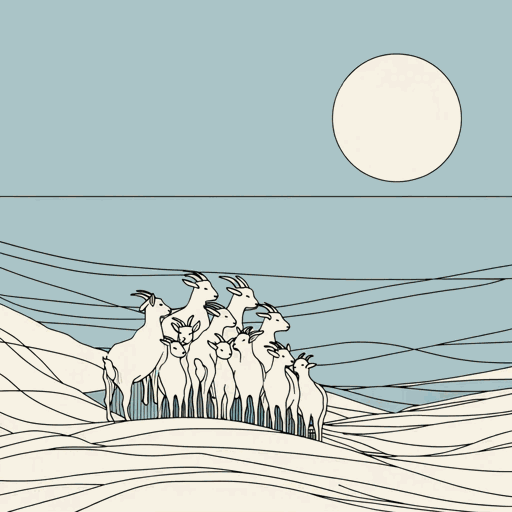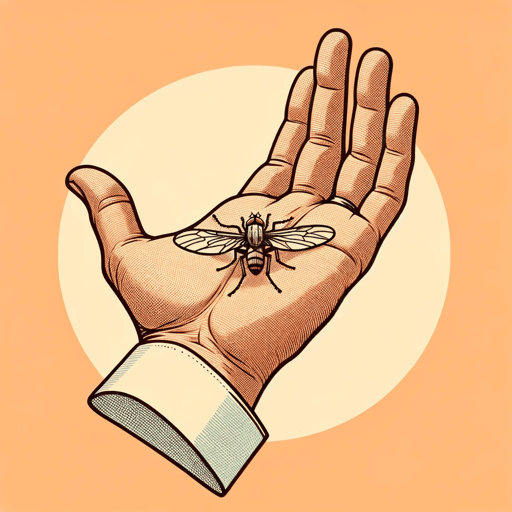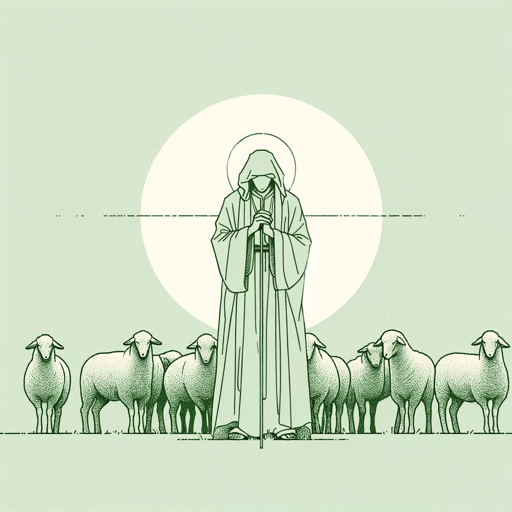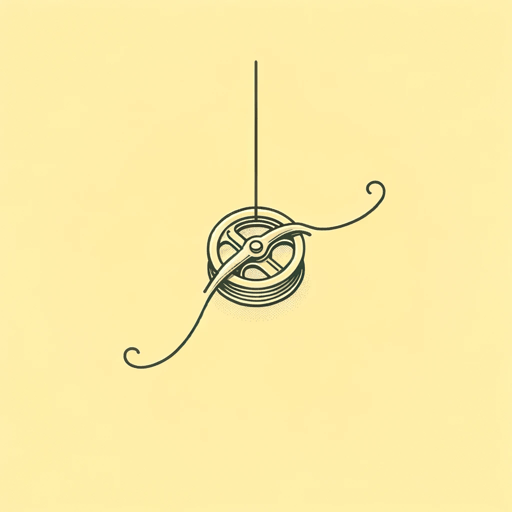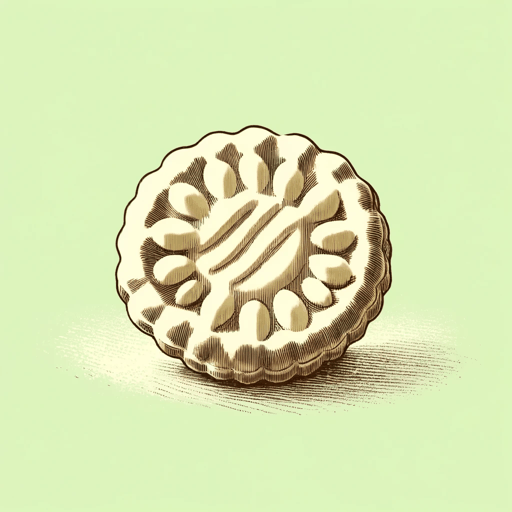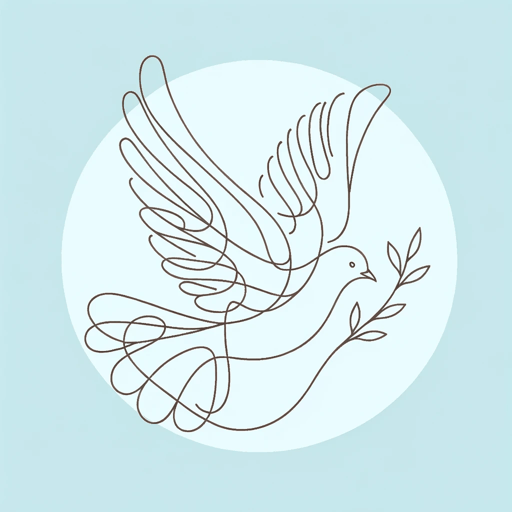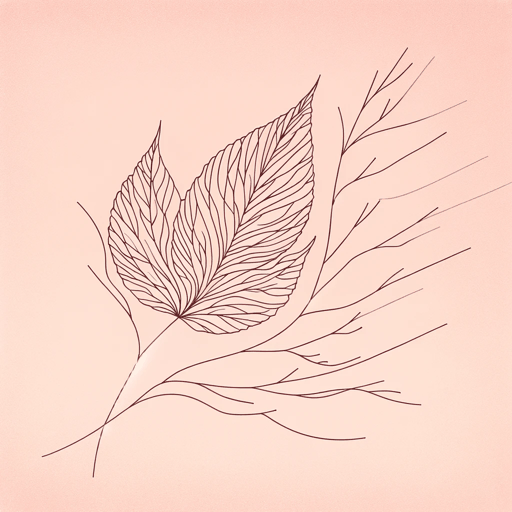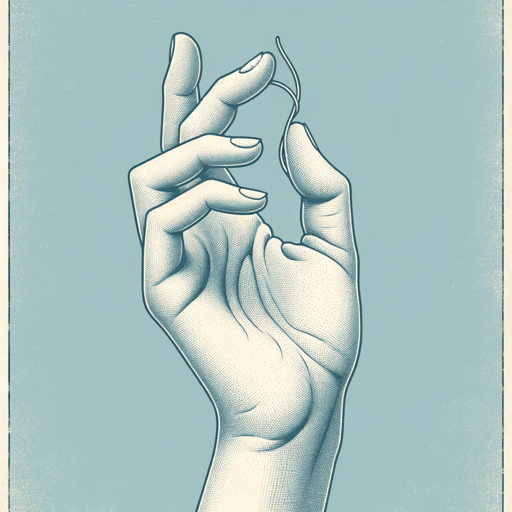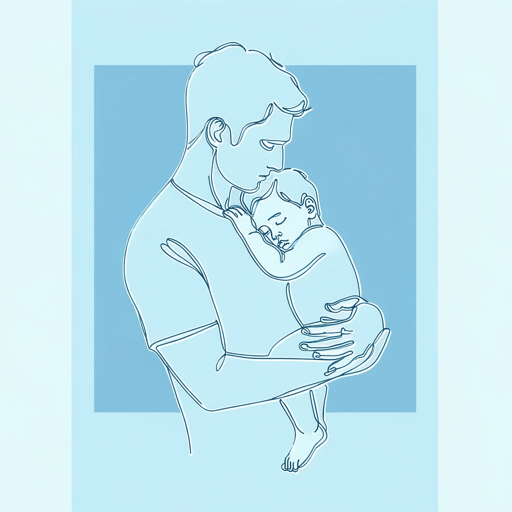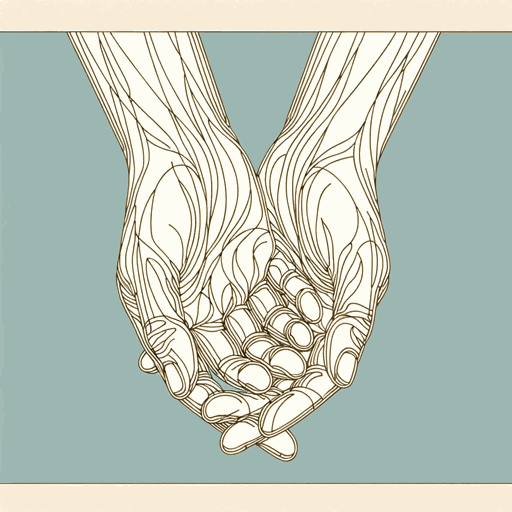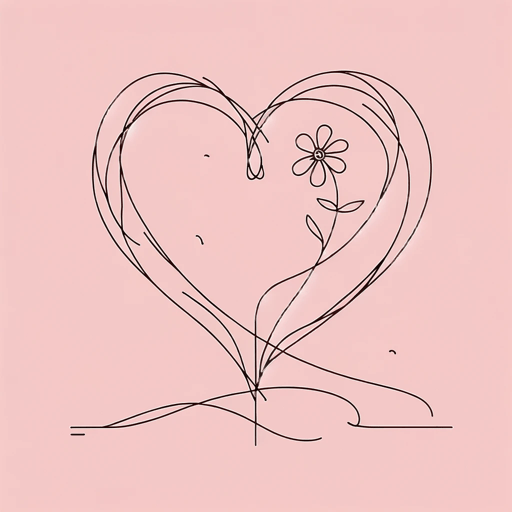18 pages • 36 minutes read
Naomi Shihab NyeThe Art of Disappearing
Fiction | Poem | Adult | Published in 1994A modern alternative to SparkNotes and CliffsNotes, SuperSummary offers high-quality Study Guides with detailed chapter summaries and analysis of major themes, characters, and more.
Summary and Study Guide
Overview
“The Art of Disappearing” appears in Naomi Shihab Nye’s ninth book of poetry, Words Under Words (The Eighth Mountain Press, 1994). Shihab Nye is known for working with children, teaching poetry to others, and using poetry to tell stories of her family in the Middle East, specifically Palestine. Her most well-known poems include “Kindness,” “Famous,” and “Gate -22.” Her poems celebrate the quotidian aspects and objects of life. Half of her family is from or still lives in the Middle East, so her work is often political even when it is personal. In her more political work, she advocates for peace between individuals and works to build bridges between different cultures. Like many of Shihab Nye’s poems, “The Art of Disappearing” is conversational and humorous, meant to be accessible to a wide audience. It does not celebrate togetherness or praise sharing—two of Shihab Nye’s common themes—but rather gives the reader advice to take time alone. It represents a paradox: In order to live a loving life, giving reverence to the world and simple objects, a person needs to spend time by themselves to figure out what is most important to them.
Poet Biography
Naomi Shihab Nye was born on March 12, 1952, in St. Louis, Missouri, where she lived until she was 14. Her mother was a Montessori school teacher of Swiss-German descent and her father was a refugee from Palestine.
She encountered poetry early on in life, hearing the American poet Carl Sandburg read a poem on television one day while living in St. Louis, an experience that she says has stuck with her all her life. She began writing poetry when she was six years old.
When she was 14, the family spent a year in the West Bank visiting and caring for her grandmother, who became an important influence in Shihab Nye’s life. She eventually wrote a children’s book, Habibi, which takes place in this setting.
In 1967 the family resettled in San Antonio, Texas, just before the Six-Day War started in the region. In high-school Shihab Nye was editor of the school’s literary magazine.
After earning a bachelor's degree in English and world-religions from Trinity University, Shihab Nye began teaching through the Texas Commission on the Arts. She worked and continues to work mainly with children, but now also teaches Creative Writing at Texas State University.
She says some of her strongest influences are W. S. Merwin, Lucille Clifton, Kate Barnes, Jane Mayhell, and William Stafford, with whom she studied poetry. In addition to being a poet, Shihab Nye is a songwriter, novelist, essayist, editor of various anthologies, and an educator and spokesperson for peace. To date, her books include 13 collections of adult poetry, seven books of children’s poetry, and three novels. She is also the editor of six poetry collections under a variety of themes.
Poem Text
Nye, Naomi Shihab. “The Art of Disappearing.” 1994. Poem Hunter.
Summary
The poem begins with a direct address to the reader. The speaker says, “When they say Don’t I know you? / say no” (Lines 1-2). The speaker follows this with a stanza break for a pause, then elaborates: “When they invite you to the party / remember what parties are like / before answering” (Lines 3-5). Then she describes a party as a place where someone tells you “in a loud voice / they once wrote a poem” (Lines 6-7) and where there are “Greasy sausage balls on a paper plate” (Line 8).
She uses another stanza break to pause then gives a third example of how to disappear, saying, “When they say We should get together / say why?” (Lines 10-11).
The speaker clarifies that she is not avoiding interaction because she doesn’t love her friends anymore. She is just “trying to remember something / too important to forget” (Lines 13-14). The things she’s trying to remember are “Trees” (Line 15) and “the monastery bell at twilight” (Line 15).
The poem moves back to giving advice on how to get out of social engagements. She suggests “[t]ell[ing] them you have a new project. / It will never be finished” (Lines 16-17). She also suggests, “[w]hen someone recognizes you in a grocery store / nod briefly and become a cabbage” (Lines 18-19). This is a metaphorical way of saying “hide.” She follows the advice about hiding with the following lines:
When someone you haven't seen in ten years
appears at the door,
don't start singing him all your new songs.
You will never catch up (Lines 20-23).
After all of the advice she gives the reader about avoiding others, she gives some advice about what to do with their new privacy: “Walk around feeling like a leaf. / Know you could tumble any second. / Then decide what to do with your time” (Lines 24-26).








Related Titles
By Naomi Shihab Nye

